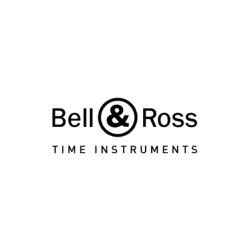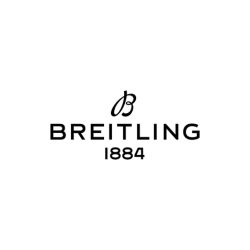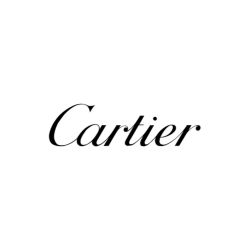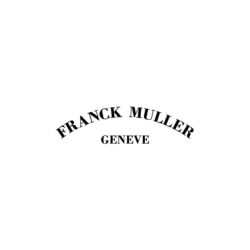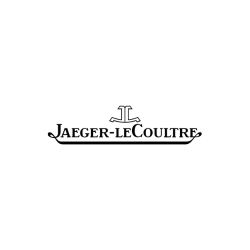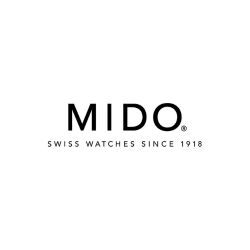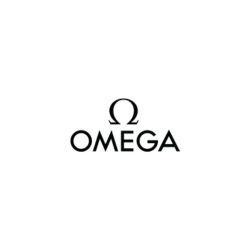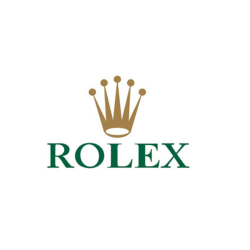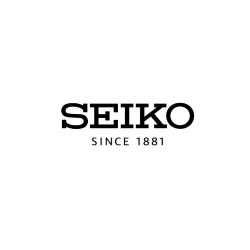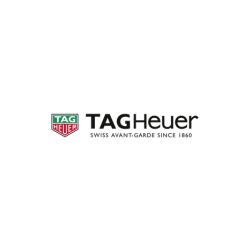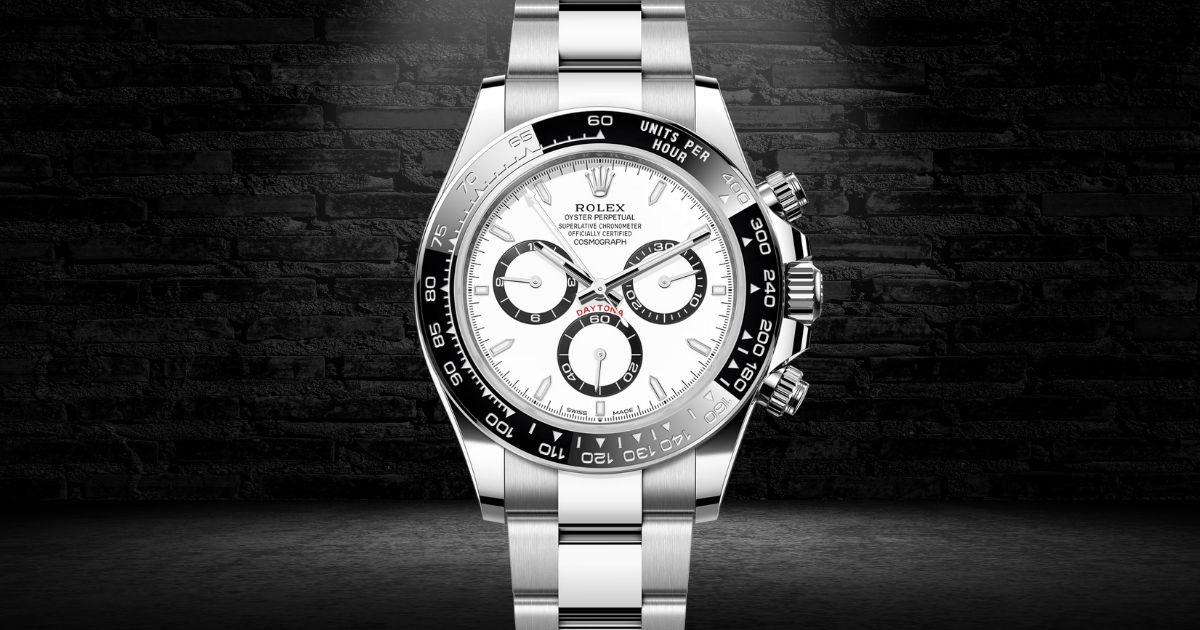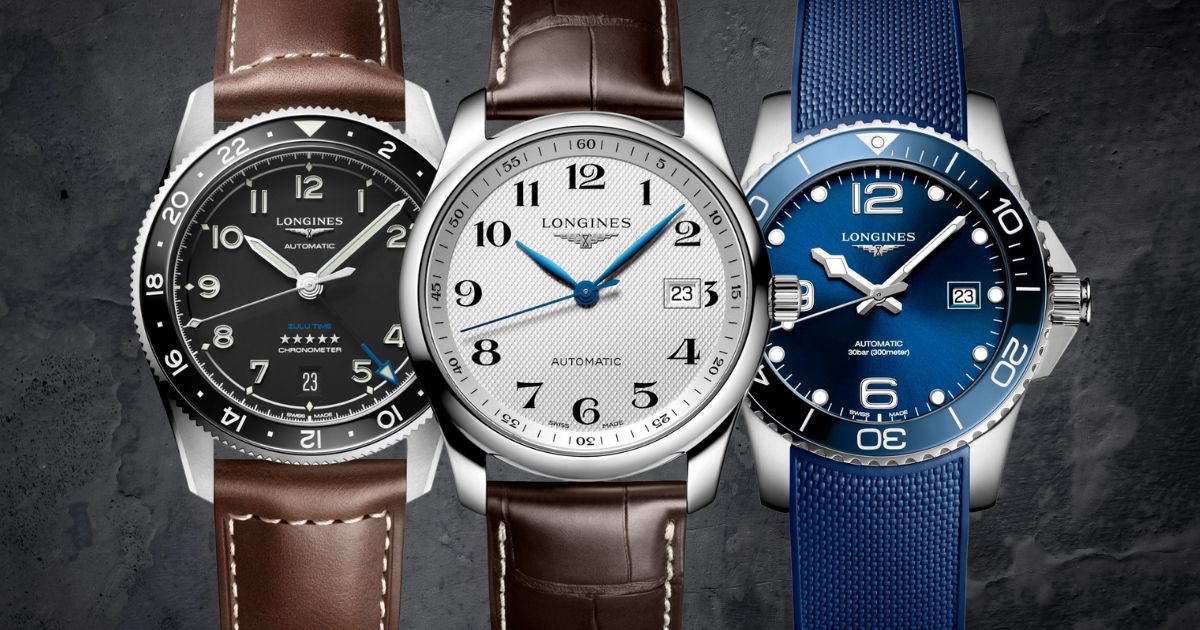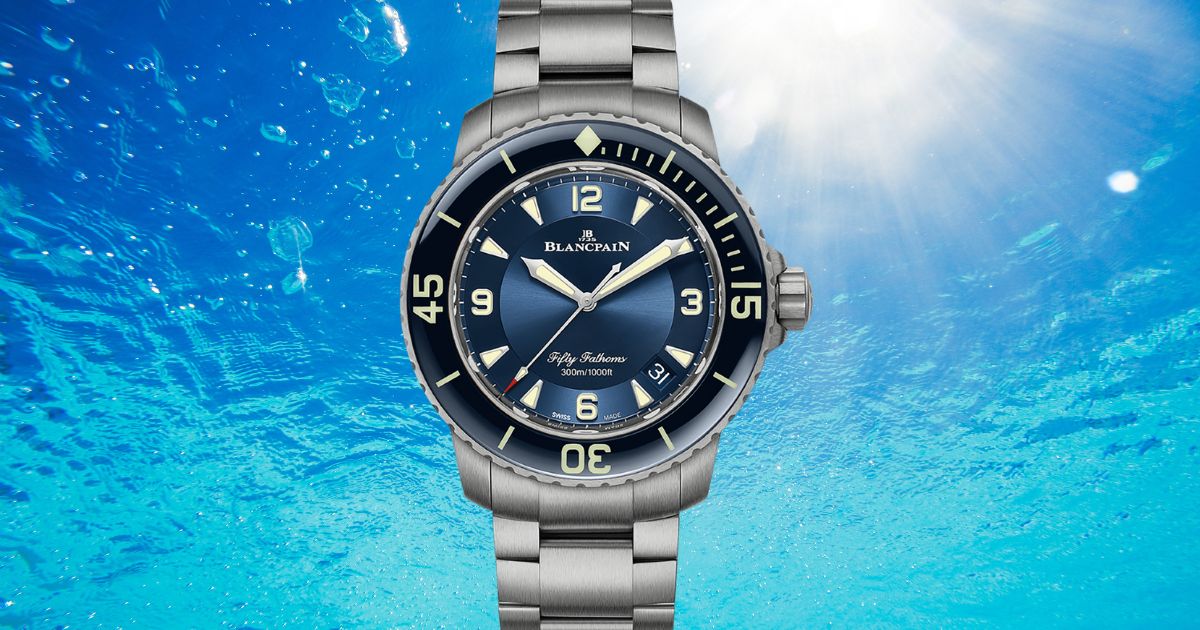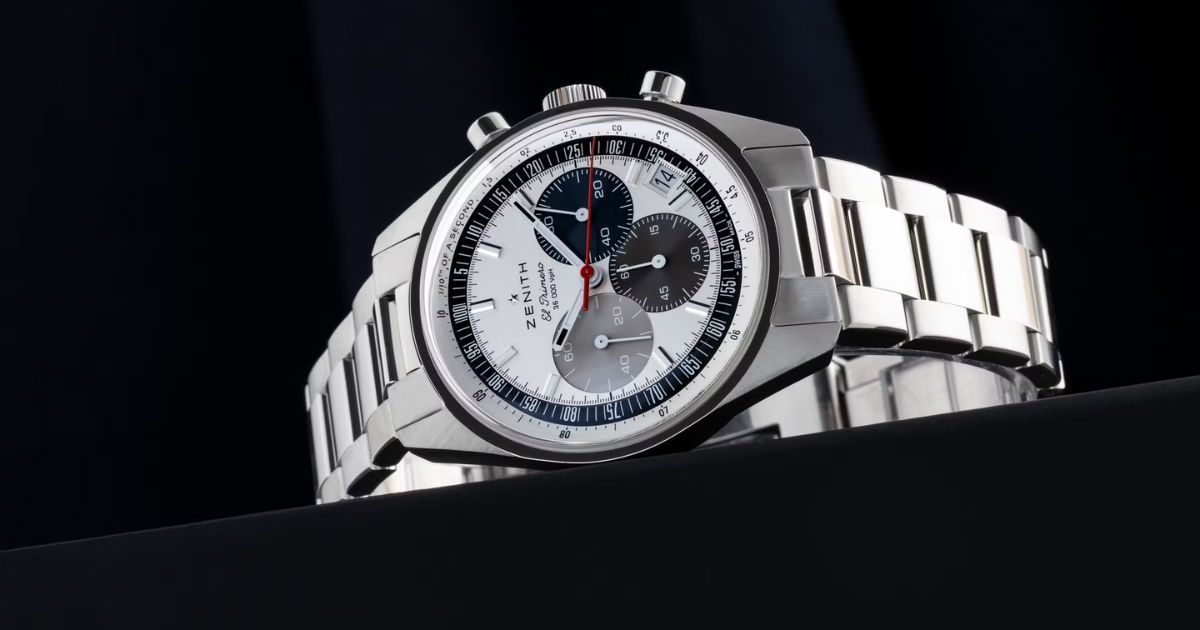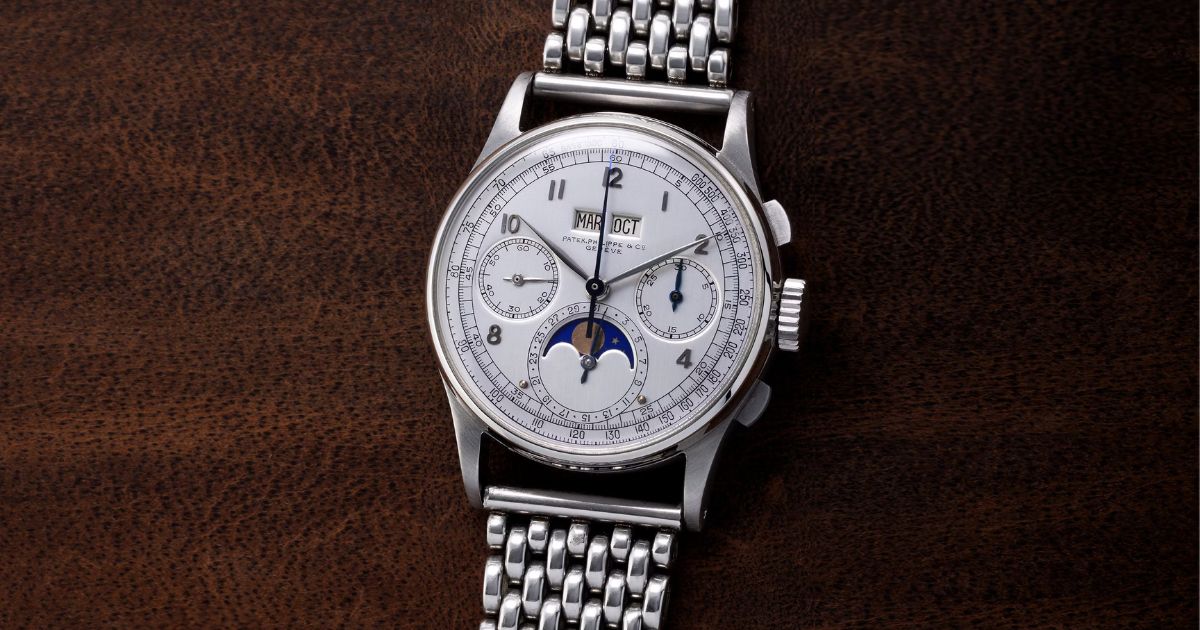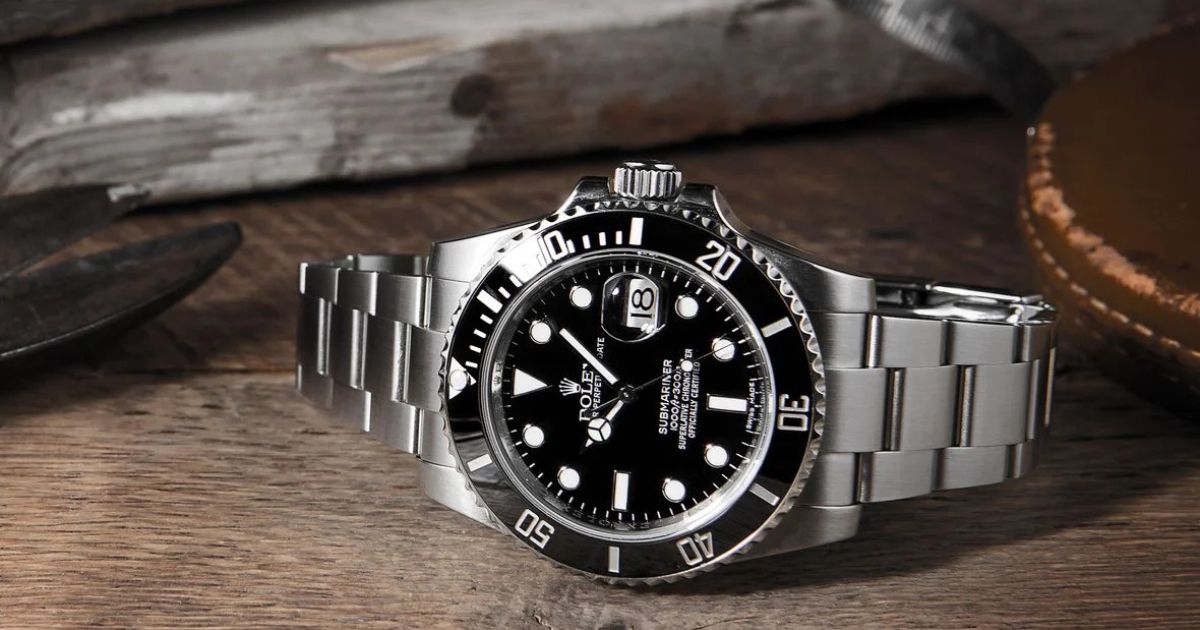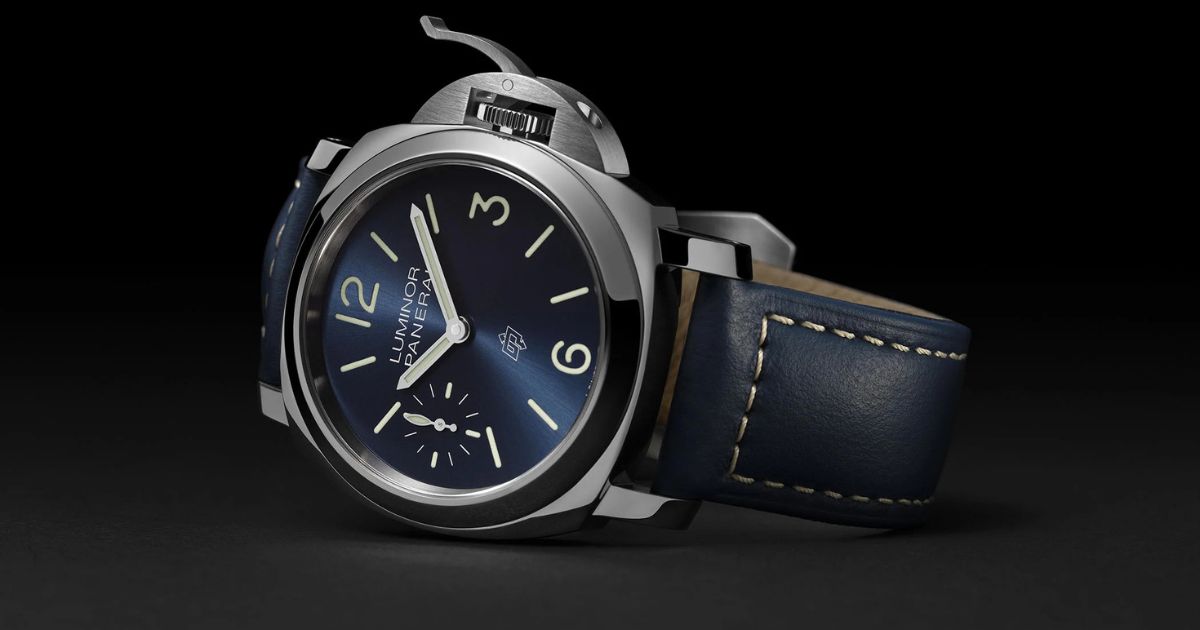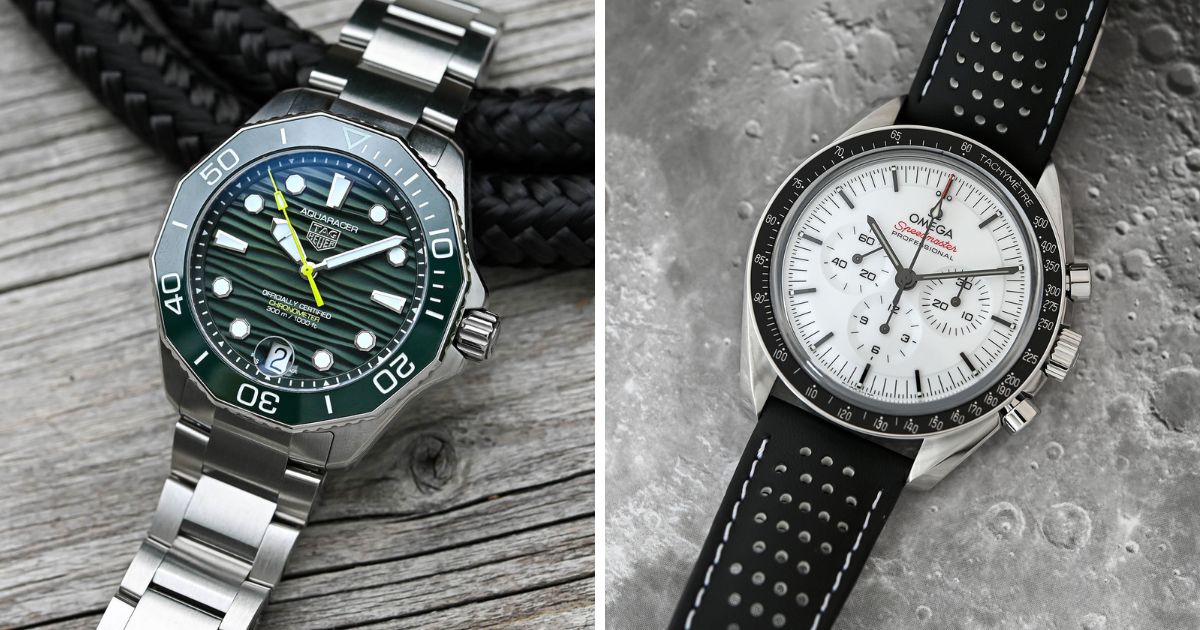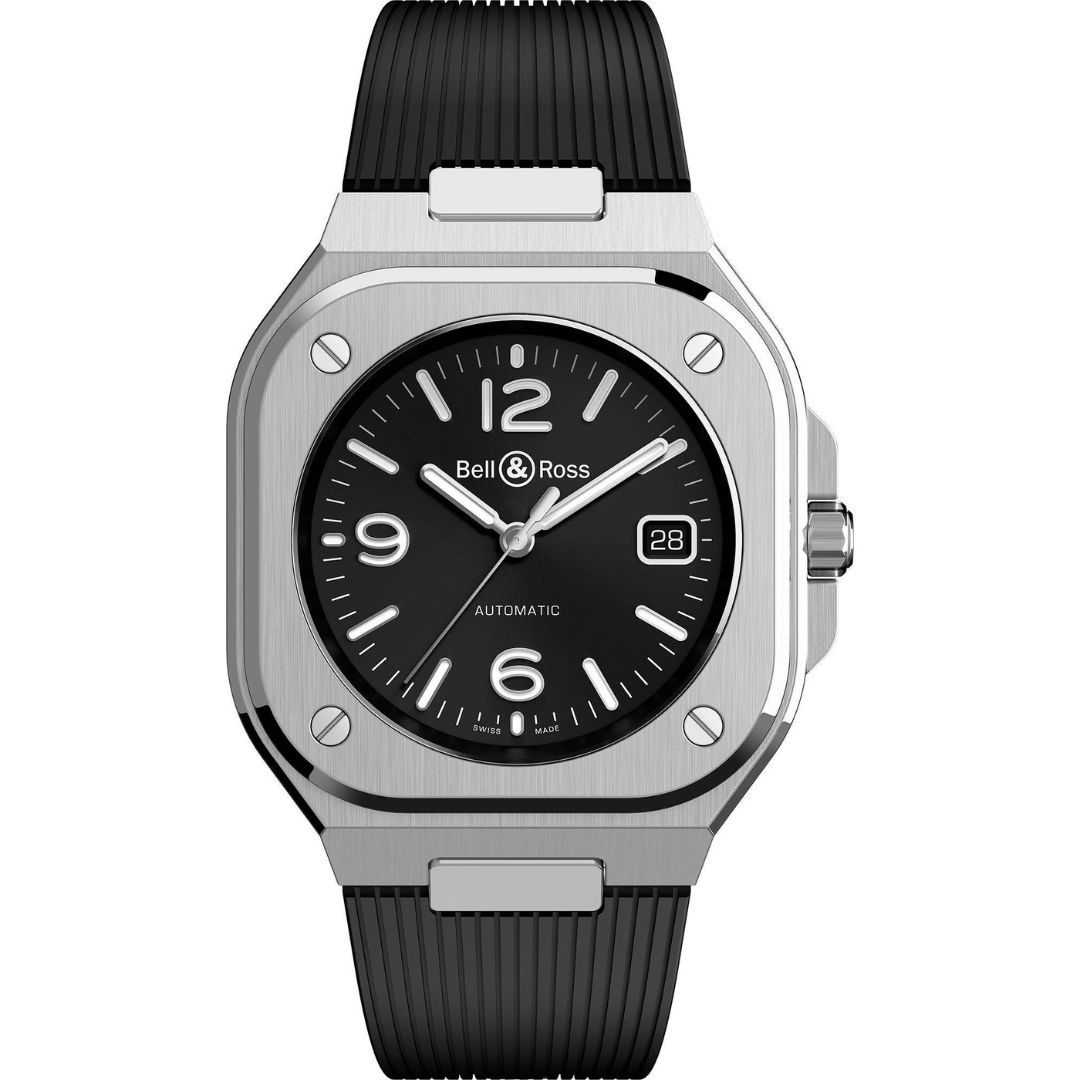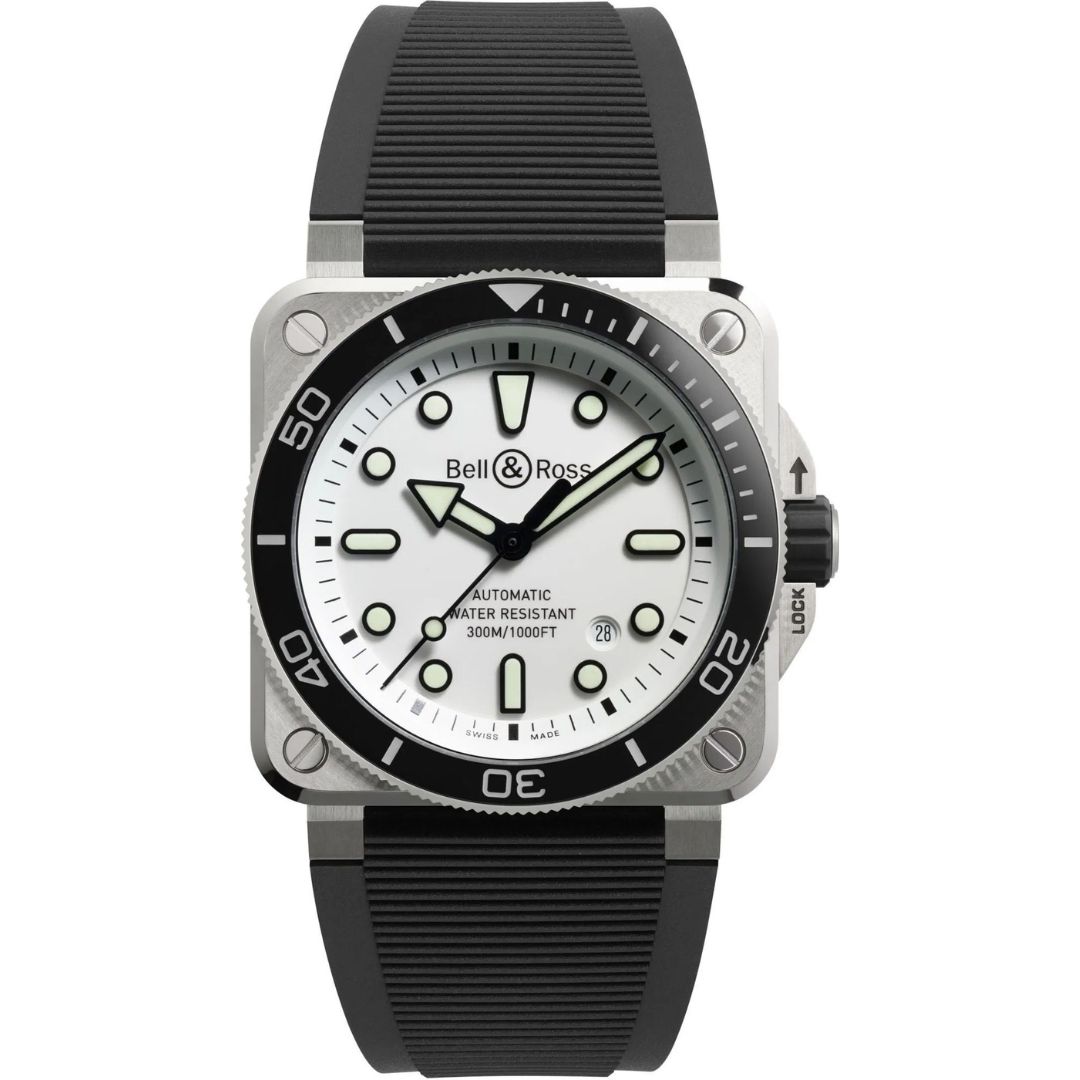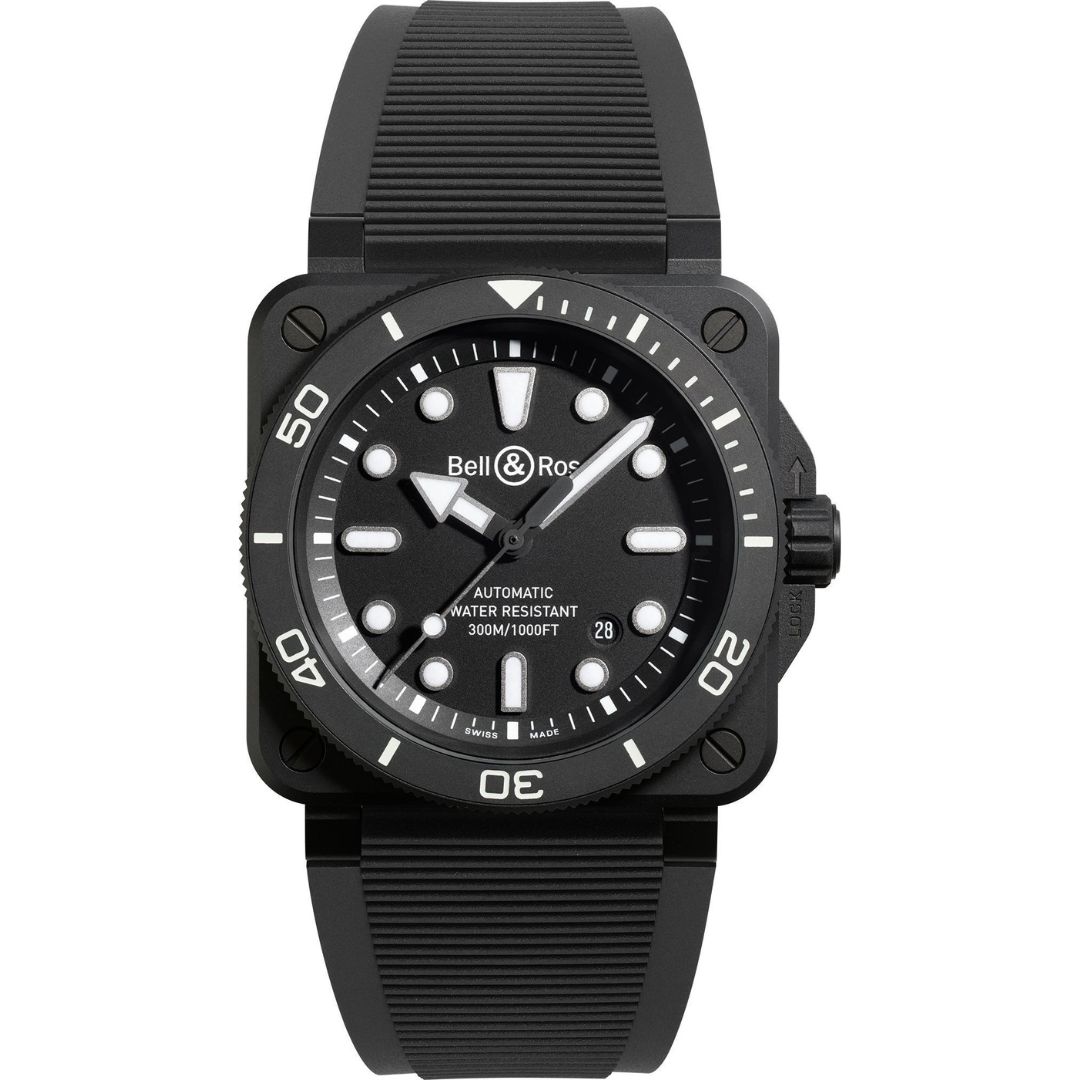TAG Heuer is a name synonymous with precision, innovation, and luxury in the world of watchmaking. With a history spanning over 160 years, the brand has cemented its reputation as a pioneer in chronographs, sports timing, and avant-garde design. From its humble beginnings in Switzerland to its modern-day status as a leader in haute horlogerie, TAG Heuer’s journey is a fascinating tale of craftsmanship, technological breakthroughs, and bold marketing.
In this blog post, we’ll explore the rich history of TAG Heuer, from its founding in 1860 to its current position as a dominant force in luxury watches
The Founding Years (1860–1914)
1860: The Birth of a Watchmaking Legend
TAG Heuer’s story begins in 1860 when Edouard Heuer founded “Heuer Watchmaking Inc.” in Saint-Imier, Switzerland. At just 20 years old, Heuer displayed an extraordinary talent for precision mechanics. His early focus was on crafting pocket watches with exceptional accuracy—a necessity in an era when railroads and industrial advancements demanded reliable timekeeping.
1882: The First Patent – Keyless Winding System
Heuer’s innovative spirit led to his first major breakthrough in 1882 with the invention of a keyless winding system for pocket watches. This eliminated the need for a separate key to wind the watch, making it more convenient for users.
1887: The Oscillating Pinion – A Game-Changer for Chronographs
One of Heuer’s most significant contributions to watchmaking came in 1887 with the invention of the oscillating pinion, a mechanism still used in mechanical chronographs today. This innovation allowed for smoother operation of start, stop, and reset functions in chronographs, setting the foundation for future sports timing watches.
Early 1900s: Expansion and Sports Timing
By the early 20th century, Heuer had gained recognition for its precision timepieces, particularly in sports. The brand began producing dashboard chronographs for automobiles and aircraft, catering to the booming transportation industries.
The Golden Age of Chronographs (1914–1969)
1914: The First Wristwatch Chronograph
As wristwatches gained popularity during World War I, Heuer adapted by introducing one of the first wrist-worn chronographs. These early models were favored by pilots, soldiers, and race car drivers for their accuracy and durability.
1933: The Autavia – A Pioneer in Motorsports
Heuer launched the Autavia, a dashboard timer for cars and planes, in 1933. The name combined “AUTomobile” and “AVIAtion,” reflecting its dual-purpose design. Decades later, this name would be revived for one of TAG Heuer’s most iconic wristwatches.
1950s–1960s: The Rise of Motorsport Chronographs
The post-war era saw Heuer solidify its connection with motorsports. Key milestones included:
- 1962: The Heuer Carrera – Designed by Jack Heuer (Edouard’s great-grandson), the Carrera was inspired by the dangerous Carrera Panamericana race. Its clean, legible dial made it an instant classic.
- 1963: The Autavia Wrist Chronograph – Originally a dashboard timer, the Autavia transitioned into a wristwatch, becoming a favorite among racing drivers.
- 1969: The Monaco – A Revolutionary Design
- Made famous by Steve McQueen in Le Mans (1971), the Monaco was the world’s first square, water-resistant chronograph with an automatic movement (the Calibre 11). Its bold design broke traditional watchmaking norms.
1969: The Chronograph Wars – Heuer’s Automatic Movement
Heuer, alongside Breitling, Hamilton, and Dubois Depraz, developed the Calibre 11, one of the first automatic chronograph movements. This was a landmark achievement in watchmaking history, sparking the “Chronograph Wars” of the late 1960s.
The Quartz Crisis & TAG Takeover (1970s–1980s)
1970s: The Quartz Revolution
The Swiss watch industry faced a crisis in the 1970s with the rise of quartz watches from Japan. Heuer struggled financially but continued innovating with models like the Heuer Monaco V4 (a belt-driven concept watch).
1985: The TAG Merger
In 1985, Techniques d’Avant Garde (TAG), a holding company specializing in aerospace and motorsports, acquired Heuer, rebranding it as TAG Heuer. This infusion of capital revitalized the brand, leading to new advancements in materials and design.
1986: The TAG Heuer Formula 1
To appeal to a younger audience, TAG Heuer launched the Formula 1 collection—a rugged, affordable quartz watch with a rubber strap. It became a massive success, bridging the gap between luxury and sporty accessibility.
The Modern Renaissance (1990s–Present)
1999: Joining the LVMH Group
TAG Heuer was acquired by LVMH (Louis Vuitton Moët Hennessy), further elevating its status in the luxury market. Under LVMH, the brand expanded its high-end offerings while maintaining its sports heritage.
2000s: The Return of Mechanical Watches
As mechanical watches regained popularity, TAG Heuer reintroduced classic models with modern upgrades:
- 2003: The Monaco V4 Concept – A futuristic take on the original Monaco, featuring a belt-driven movement.
- 2010: The Carrera 1887 – Celebrating Heuer’s 150th anniversary, this model paid homage to the original Carrera while incorporating a new in-house movement.
2015: The Connected Watch – Embracing Smart Technology
TAG Heuer entered the smartwatch market with the TAG Heuer Connected, blending Swiss luxury with cutting-edge tech. This move positioned the brand as a forward-thinking leader in horology.
2020s: Continued Innovation
Recent highlights include:
- 2020: The TAG Heuer Carrera Sport Chronograph – A sleeker, more refined version of the classic Carrera.
- 2022: The Monaco Purple Dial Limited Edition – A tribute to its iconic 1969 predecessor.
- 2023: The Carrera Plasma – Featuring lab-grown diamonds and avant-garde design.
Conclusion: TAG Heuer’s Legacy
From its origins as a small Swiss workshop to its current status as a global luxury powerhouse, TAG Heuer has consistently pushed the boundaries of watchmaking. Its deep ties to motorsports, groundbreaking chronographs, and willingness to embrace innovation have made it a favorite among collectors and enthusiasts alike.
Whether it’s the vintage charm of the Monaco, the racing heritage of the Carrera, or the futuristic appeal of the Connected, TAG Heuer remains a brand that honors its past while boldly stepping into the future.
For watch aficionados, owning a TAG Heuer isn’t just about telling time—it’s about wearing a piece of horological history.



